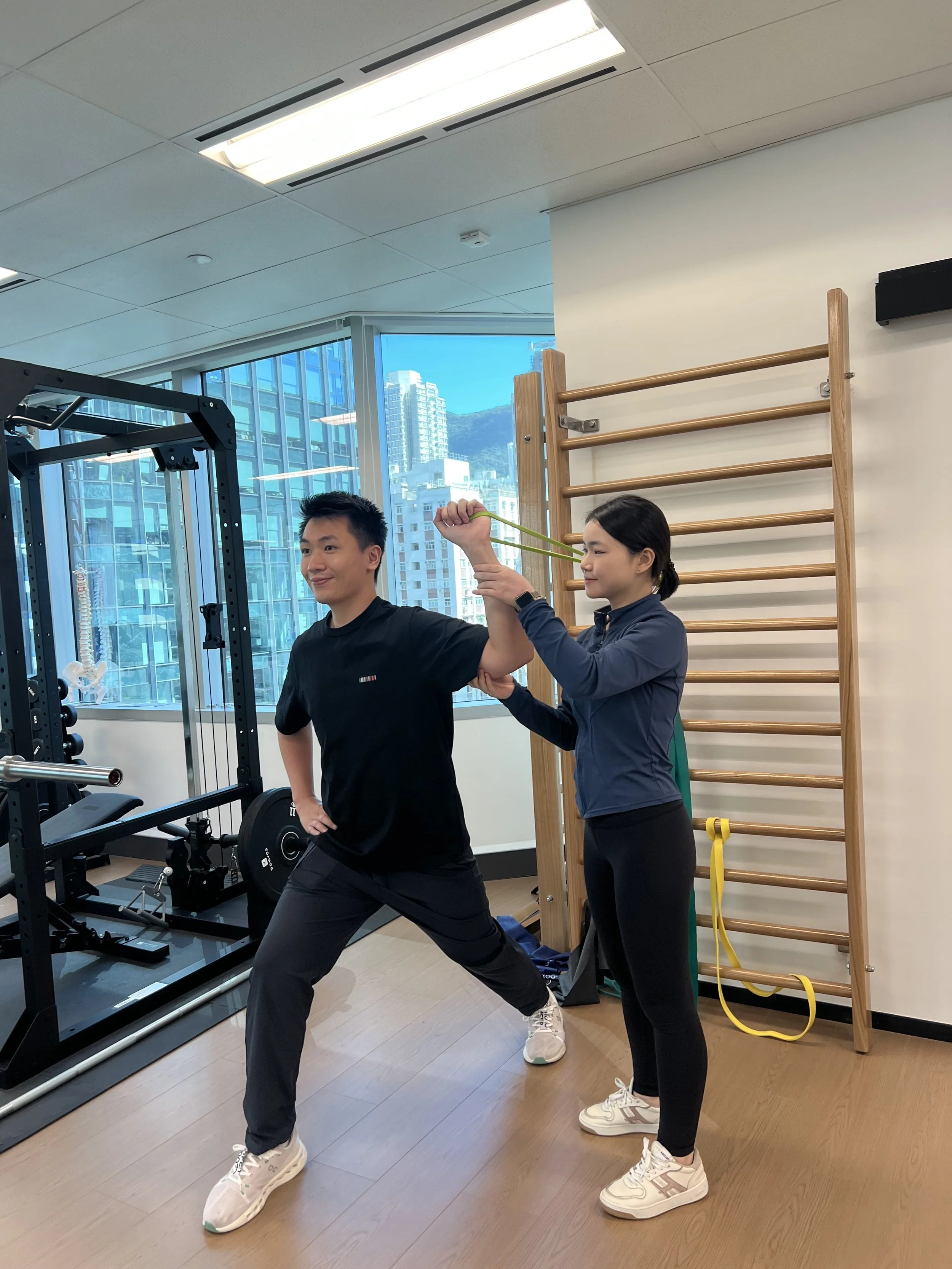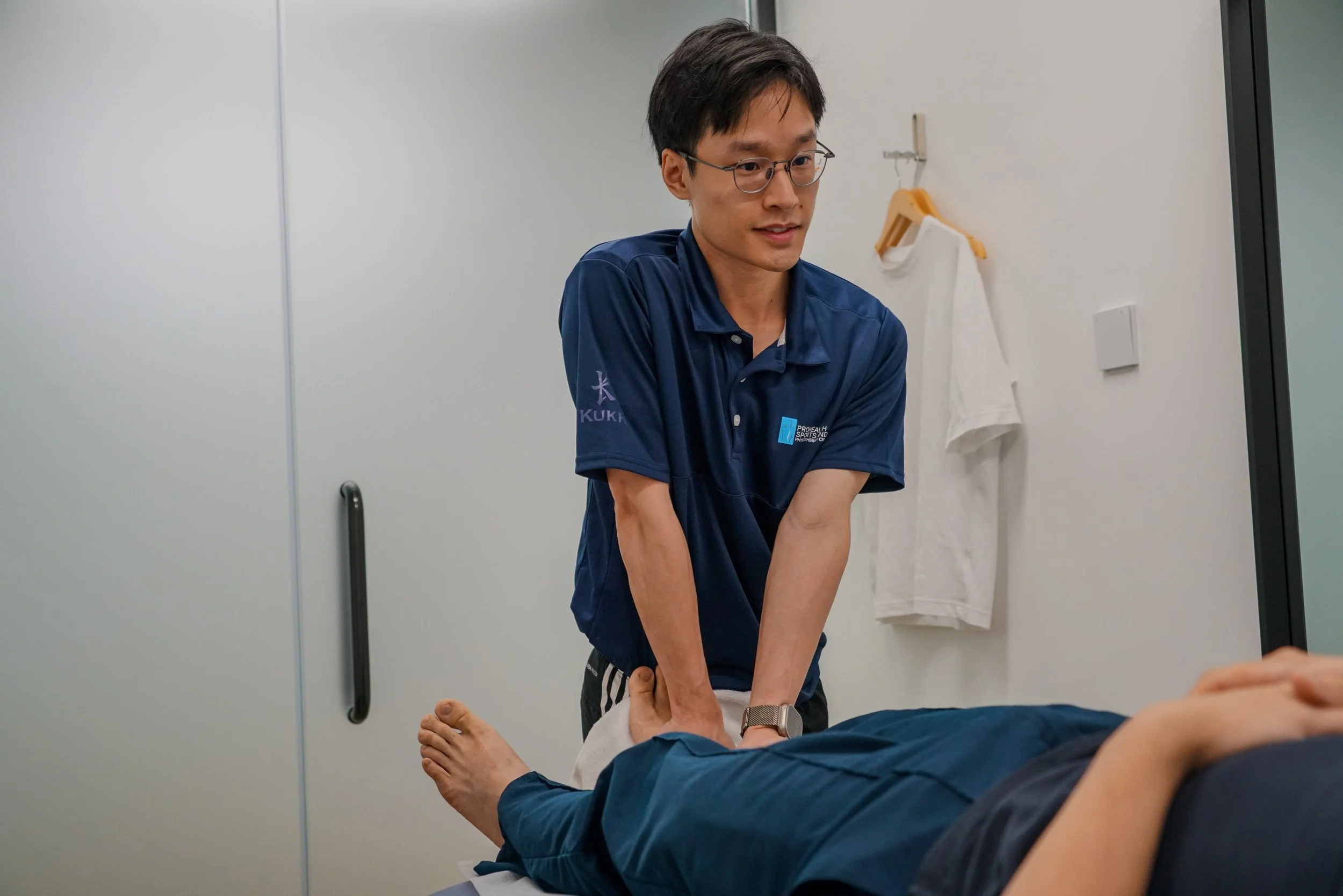Unlocking Your Potential: Candice's Guide to Shoulder Impingement Syndrome
Understanding Shoulder Impingement Syndrome
Have you been struggling with pain, limited movement or discomfort in your shoulder? You may be experiencing a common condition known as Shoulder Impingement Syndrome. While it can be frustrating, understanding what's happening in your body is the first step towards recovery.
Shoulder impingement syndrome is a painful condition of the shoulder resulting from a structural narrowing of the subacromial space. It usually involves inflammation of tendons of the rotator cuff muscles as they pass through the subacromial space, the passage under the acromion. This mechanical irritation of tendon results in pain, weakness and reduced shoulder range of motion particularly with overhead activities, reaching behind the back or lying on the affected side. It can significantly affect daily activities such as dressing, lifting or carrying object and may also disrupt sleep if left unresolved.
The Role of Physiotherapy in Treatment
Many people wonder if physiotherapy can truly help with shoulder impingement syndrome. The short answer is, absolutely! Our goal isn't just to treat the symptoms but to address the root cause. A physiotherapist can help by:
Accurate Diagnosis: Performing a thorough assessment including shoulder range, scapular movements and special test to identify the structures involved
Pain Management: Using techniques like manual therapy, acupuncture or electrotherapy to reduce inflammation, muscle tightness and pain
Improving Mobility: Prescribing targeted exercises to restore range of motion, shoulder stability and control
Building Strength: Developing a personalized strengthening program on the rotator cuff and surrounding muscle to support normal shoulder mechanics, restore range of motion and strength
Patient Education: Providing you with the knowledge to understand how posture, activity modifications and exercise can reduce impingement and keep your shoulder healthy long term
A Patient's Journey: Jonathan's Story
To show you what this looks like in practice, I want to share the story of one of my patients.
The Initial Challenge
Jonathan came to see me with severe pain and limitation in range in his shoulder. He was struggling with excruciating pain on the anterior shoulder and difficulty in lifting his arm above his shoulder. This was preventing him from dressing, carrying groceries and playing badminton with the painful arm.
Our Collaborative Treatment Plan
We started with a comprehensive assessment to understand his specific needs. Our plan included:
Phase 1: Pain Reduction. We focused on reducing pain and inflammation on the anterior shoulder by ultrasound treatment and reducing muscle tightness with soft tissue release and acupuncture. By controlling the pain and inflammation early, he was able to tolerate movement and begin active rehabilitation.
Phase 2: Restoring Movement. Once the pain was more manageable, we introduced a series of exercises to regain his range of motion, including rotator cuff strengthening exercises and mobility exercise to ensure smooth movement and prepare the shoulder for more advanced strengthening.
Phase 3: Strengthening and Prevention. To address the underlying causes of impingement and prevent recurrence, targeted strengthening is introduced. This includes rotator cuff and scapular stabilization exercises, such as resistance band rows and scapular setting drills. Building endurance and stability in these muscle groups improves shoulder mechanics and reduces the risk of recurrence and supports a return to daily activities and higher-level tasks with confidence.
The Outcome
After 4 weeks of consistent work, Jonathan made incredible progress. He is now able to lift the arm and return to playing badminton without pain. His story is a powerful reminder that with the right guidance and a little dedication, recovery is within reach.
Ready to Start Your Journey? Book A Session With Candice Today!
If you're dealing with shoulder impingement syndrome, don't wait for the pain to go away on its own. Reaching out to a physiotherapist can be the turning point in your recovery. We're here to help you get back to doing the things you love, without being held back by pain.




